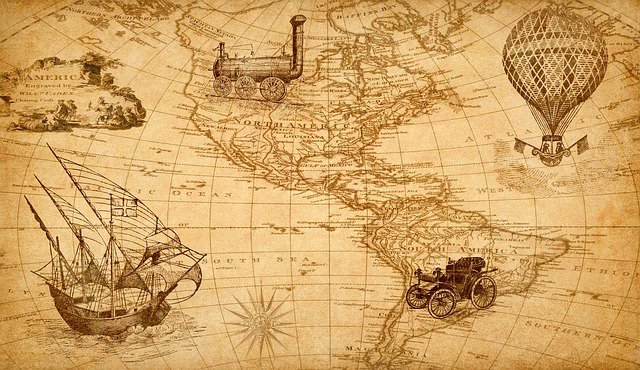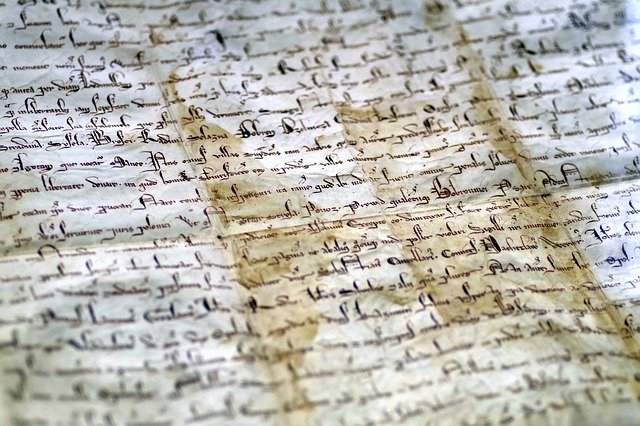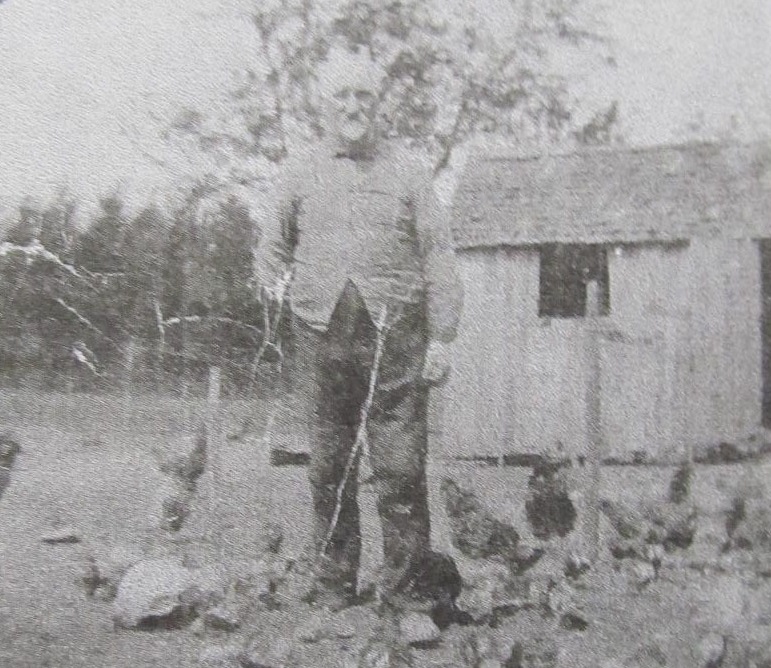Sometimes putting families together is a pain. Particularly when you get back into the 1700’s and the men in every generation were named, as one of my correspondents put it, “John, Charles or William”! Meet the Blackden, Blagdon and Blagden family (families?) that settled in Massachusetts and Maine in the early to mid-1700’s. And, yes, their sons were often named… Read More
Organizing Your Research
I’m always curious about how my fellow genealogists organize their research. I admit it, I’m an old-fashioned sort of gal. I prefer to write letters on stationery and put them in the mail, to use a planner for my scheduling, a notebook for my list-making, and to read paperback and hardcover books instead of ebooks. Though I also use my… Read More
Manuscript Collections
One of my ex-husband’s family mysteries is right there on his paternal side – who are the ancestors of John Goodwin Hawksley? Thanks to my visit to NEHGS several years ago, and not enough hours spent looking through the Isaac Adams manuscript file (there are never enough hours – it is like being a kid in a candy store!), I… Read More
Civil War Pension Files
You’ve probably heard of Civil War (and other military) Pension Files, but maybe you haven’t ordered one yet. They’re costly, perhaps out of reach for some people, which can make obtaining them difficult. However, if you are able to order one, they can be valuable sources of information. Here’s an example: Samuel Hawksley was born about 1847 in Richmond, Carleton… Read More
Getting Started with Genealogy
I work with someone who asks me a LOT of questions about genealogy – how do I figure out this or that, how do I know how closely DNA matches are connected, and where do I find answers to particular questions? So I thought it might be a good time for a good old-fashioned “how to” post on the first… Read More
The Wood Family of Blue Hill, Maine
The first aspect of family history I heard about as a child was that my paternal ancestors founded the town of Blue Hill, Hancock County, Maine. As the story goes, Joseph Wood (my ancestor) and John Roundy left Massachusetts in 1762 to explore what would ultimately become Maine. They created the town of Blue Hill out of the wilderness. A… Read More
- « Previous Page
- 1
- …
- 4
- 5
- 6
- 7
- 8
- Next Page »





